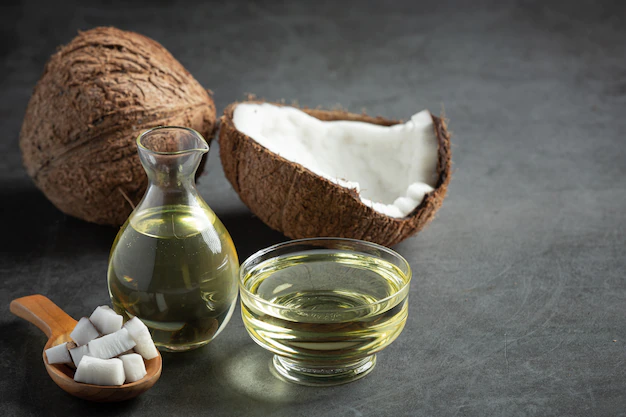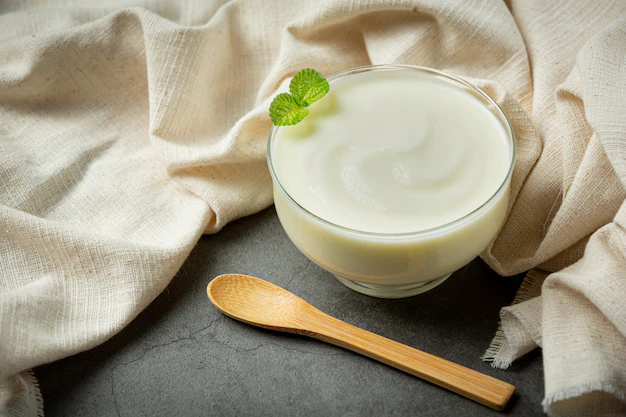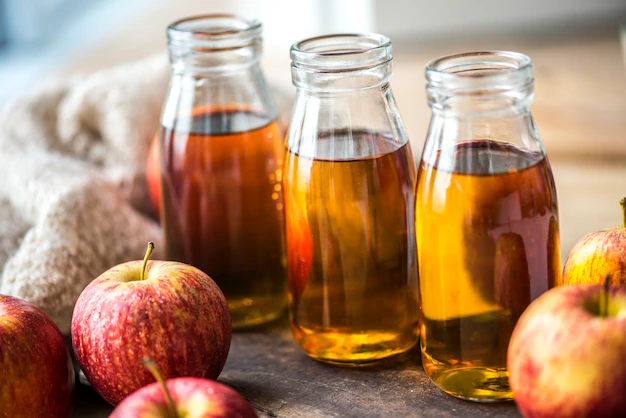This content is for informational and educational purposes only. Always consult a qualified healthcare provider.
Last Updated on February 5, 2024 by Grace Oluchi
When there is an over growth of yeast in the vagina, it can lead to vaginal yeast infection. Many women experience a yeast infection at some points in their lives. According to studies, 75 percent of women will get at least in one yeast infection and about 5-8 percent of women have a recurrent yeast infection (4 or more times in a year).
📋 Table of Contents
What is A Vaginal Yeast Infection
A vaginal yeast infection (also known as candidiasis) is a fungal infection that causes irritation, discharge and intense itchiness of the vagina and the vulva. A healthy vagina contains bacteria and some yeast cells. But when an imbalance occurs and yeast changes, the yeast cells can multiply. This can lead to itching, swelling and irritation of the vagina.
The Symptoms of Yeast Infection
There are some common things that will happen if you have yeast infection. Some of them are the following ;
- Vaginal itching
- Pain or discomfort during sex
- Redness
- Thick discharge
- Vaginal redness
- Swelling around the vagina
- Rash
- Soreness
Another symptom of a vaginal yeast infection is a whitish yellow and clumpy vaginal discharge. Some people even describe it as cottage cheese. Sometimes the discharge from the vagina may also be watery.
Causes Of Yeast Infection
The yeast which is also known as Candida is a naturally occurring microorganism in the vaginal area. The lactobacillus bacteria keeps its growth in check. But when an imbalance occurs in your system, these bacteria won’t be able to work effectively which leads to an overgrowth of yeast and causes the symptoms of vaginal yeast infection.
There are some factors that can cause a yeast infection in your vagina:
1 . Use of Antibiotics


Yeast infections usually occurs in women who take antibiotics. When you’re under a broad- spectrum antibiotics, you unknowingly kill the healthy bacteria in your vagina because broad- spectrum antibiotics kill a range of bacteria and this can end up with an overgrowth of yeast in your vagina.
2 . Unmanaged Diabetes


If you have diabetes that is not properly managed well it can lead to yeast infection. When there is a blood sugar spike it can in turn lead to a “higher sugar levels” in the vagina, which in turn gives the candida more food to feed on. Make sure you test your blood sugar levels and also reduce your sugar intake.
3 . Weakened Immune System


There is a high chance of getting yeast infection if your immune system takes a dip. If you happen to run down or get highly stressed out it can lead to a vaginal yeast infection. Our immune system runs the body so the moment there is a break down it can affect how things are being run down there (your vagina) . Eating well and resting enough will benefit you more and help with preventing any infection in your vagina.
4 . Increased Estrogen


Yeast infection are usually common in women with higher estrogen levels. Pregnant women or women under a high dose of estrogen birth control pills or estrogen hormone therapy can develop a yeast infection.
5 . Pregnancy


Due to hormone fluctuations a pregnant woman is more likely to get a yeast infection. Yeast infection occurs in up to 30% of pregnant women because of an increase in estrogen. Thé itching, burning and discharge can be worrisome, especially during pregnancy. So it’s a good move to visit your healthcare provider to undergo possible treatments.
6 . Having your Period


Due to fluctuations of your hormones, there can be an upset in the balance of yeast and bacteria in your vagina after your period . High levels of estrogen can cause the candida fungi to overgrow and when this happens it’s possible to get a yeast infection.
Treatment Of Vaginal Yeast Infection
There are some remedies you can try to relieve the intensity of the infection. Some of them are:
1.Over the counter creams and prescription


Over the counter creams such as clotrimazole (Gyne – lotrimin). Miconazole (monistat) and Tioconazole are good treatments you can undergo to relieve vaginal yeast infection.
2 . Coconut Oil


Adding coconut oil to your diet and applying it to your skin can help reduce yeast infection. Coconut oil contains powerful anti microbial properties and researchers have found that coconut oil can help fight several strains of candida. You can start adding coconut oil in your diet by swapping butter and other oils for coconut oil and aim for at least 1 tablespoon a day.
For your skin, you can apply the coconut oil around your vagina to fight the fungus externally. Please do not pay attention to the advice of putting coconut on a tampon and inserting it into your vagina , it a very bad idea.
3 . Yogurt


Yogurt is a bad natural probiotic, the good bacteria in yogurt can help with the buildup of immune strength, can help maintain PH balance and prevent the growth of bacteria or yeast in the vaginal area.
4 . Apple Cider Vinegar


A weak immune or an imbalance in PH levels can lead to you developing yeast infection. This is the where Apple Cider vinegar can come in handy. It is said to contain enzymes,nutrients, and friendly bacteria that can help control candida growth and also help restore your body’s PH levels.
HOW DO I PREVENT VAGINAL YEAST INFECTION ?
Even though it’s common to develop a vaginal yeast infection, there are still some ways to prevent it from occurring. Here are some ways to prevent yeast infection:
1 . Manage Blood Sugar Levels
Watching your sugar intake can save you a lot tribute and reduce your chances of getting a yeast infection. If you happen to have a type 1 or type 2 diabetes, do make sure you avoid dramatic spikes and fall in your blood sugar. Try to start engaging in consuming low-glycemic diet to help keep your blood sugar glucose levels steady and limit how much sugar the fungus in your system needs to thrive.
2 . Reduce stress
Stress is a way of showing that your body is running on low energy and this can make it more difficult for your body to fight infection (yeast infection). So make sure you’re getting quality rest by getting enough sleep and avoiding strenuous activities. Remember to take things easy with your body.
3 . Change pads and Tampons frequently
Regular changing of pads and tampons can help you prevent yeast infection. During your menstrual cycle you are more susceptible to getting a yeast infection due to hormonal fluctuations, so it is vital that you change into new and clean pads and tampons. Do your best to stay clean and dry as much as possible. Learn to use gentle soaps and cleansers that won’t disrupt the friendly bacteria in your vagina.
4 . Wear Cotton Underwear and Fabric.
What you wear around your vaginal area can either help keep you from a vaginal yeast infection or take you steps closer. Wearing cotton underwear can help keep the fungus from thriving. Avoid wearing pantyhose, tight underwear and pants so they don’t trap moisture against your body. If you must wear tight clothes or clothes made from polyester or other non- breathable fabric, make sure you change out of them as soon as possible to keep fungus from growing. Let this always influence your shopping decisions.
5 . Avoid Douching
This is quite controversial but it will do you good to know that douches are not the solution to fighting yeast infection. In fact, they tend to target the healthy bacteria that manages your vagina’s health, and this bacteria helps in keeping fungus of harmful bacteria from taking up space in your vagina.
6 . Keep your skin clean and Dry
Fungus like to thrive in damp and warm areas including between legs, skin folds and the vagina. So after doing certain things like showering or working out, be sure to try yourself completely.
The Takeaway
Vagina yeast infections are very common and occur when there is an overgrowth of yeast in the vagina. Undergoing proper treatments can help reduce the uncomfortable symptoms within a few days. You can also play your part by doing things that won’t invite yeast infection. Eating a balanced diet, drinking lots of water, maintaining a healthy blood sugar level , a healthy weight, getting enough rest and keeping yourself clean and dry can save you from yeast Infection.

